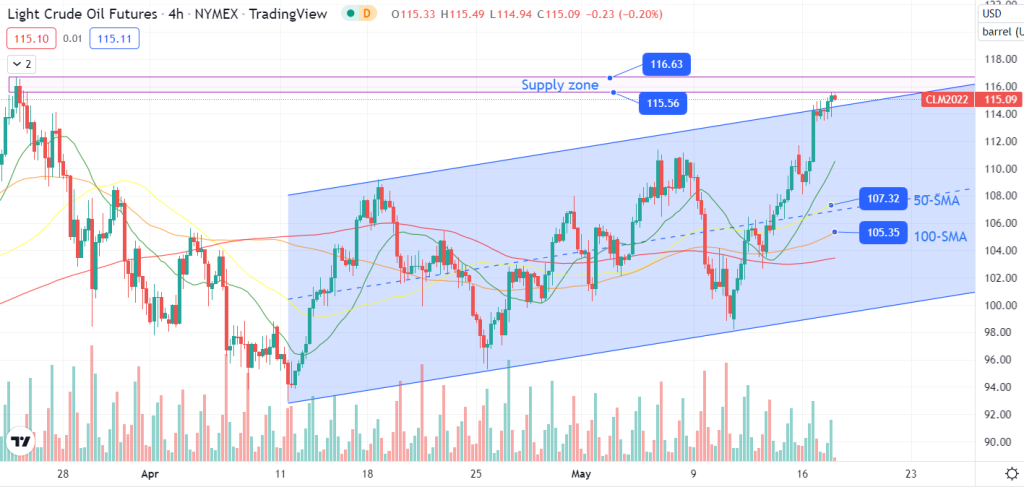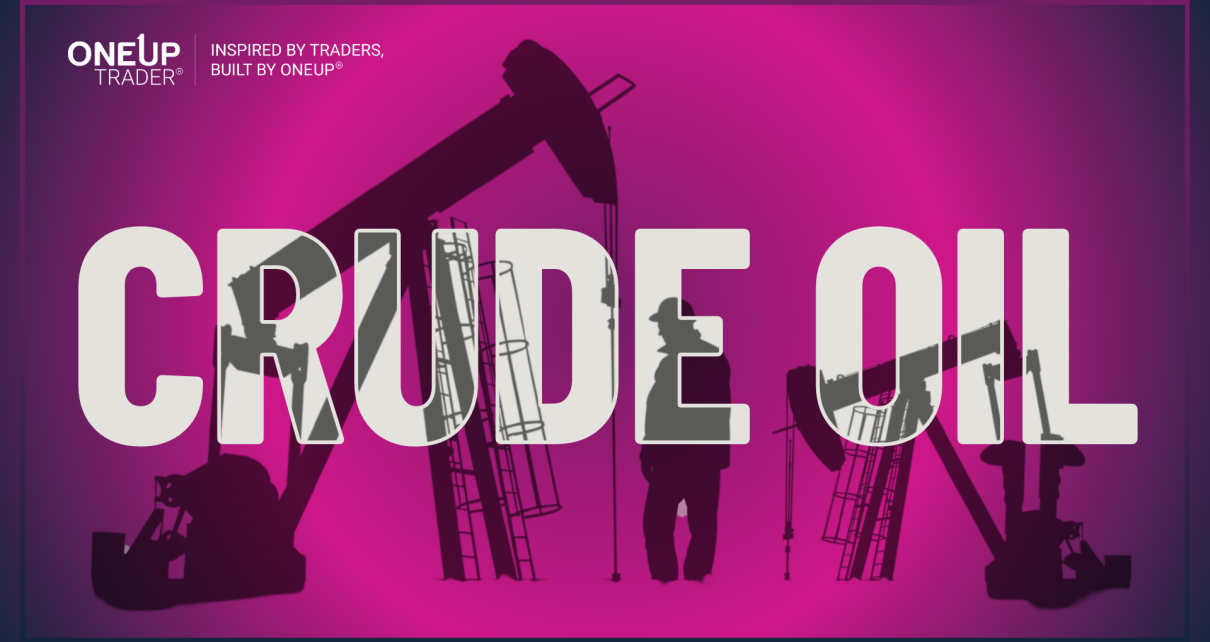- Crude oil futures soar above $115.00 as supply shortage remains a key concern.
- Litasco becomes the main trader for Eastern Europe.
- OPEC production is still well below the level of last April.
On Tuesday, crude oil futures (CL) had significant gains, soaring to fresh weekly highs above $115.00. The commodity benefits from the recent supply shortage.
As a result of the crisis between Ukraine and Russia, the world’s largest oil traders reduced demand for crude oil exports from Russia. The market is trying to find out which side will fill the gap or even who will profit under these conditions. In addition, Russia’s ability to find intermediaries, ships, and buyers for its crude oil is critical to global oil markets and Moscow. The fewer barrels of a country’s exports, the greater the pressure on supply and state revenues.
For now, Russia is trying to cope with the pullbacks of Trafigura Group and Glencore Plc, the world’s two largest commodities traders. Vitol Group, the world’s top oil trader, also said it would not touch any new business in Russia, and its activity would decline from this quarter. Thus Litasco SA, a unit of Moscow-based producer Lukoil PJSC, has become the biggest market player for Russia’s flagship Ural class. The brand has chartered tankers to carry at least 14 million barrels in April and a further 8.6 million this May, far more than the rest of the market participants.
In fact, there are no significant legal barriers to Russian oil transport activities, although the US and UK have announced phased bans, and Europe is still expected to do so in the coming weeks.
On the other hand, OPEC’s compliance with its oil production cuts rose to 220% in April, up from 157% in March. That comes despite the easing of production limits in recent months. The bloc’s output looks 2.6 million BPD below its required level in April compared to Russia, which produced 1.28 million BPD below its required level last month. In other words, don’t expect much help from OPEC+ in balancing the supply side.
Next, let’s look at the Asian side, as there is an important shift taking place, from which Russia exports more than 350 million barrels of crude oil per year, mostly to buyers in the region. That’s nearly a quarter of the country’s crude exports. If there is an all-out ban on oil trading by the European Union, Russian oil trading will have to become more private, while some of those cheap barrels will continue to flow to limited outlets in Asia.
Oil traders and shipbrokers across Asia said more ships carrying cargoes of Russian crude had also been chartered by smaller charterers. The anticipation of an EU ban, coupled with the exit of major companies, is increasing pressure on Asian customers to stop publicly taking these barrels, traders said.
Crude oil futures (CL) technical analysis:

Technically, the conditions for crude oil prices are still following the bullish trend. But for now, it has touched the fresh resistance area on the 4-hour timeframe. If we pay attention, the bullish trend channel has been running perfectly since early April, so we could see another rejection around the supply zone of 115.56-116.63.
A probable scenario is that the price will pull back to the 50-period SMA near 107.32 ahead of the 100-period SMA at 105.35 to look for more buyers. The buyers have a tendency to enter the length within the 50-100 SMA range.


